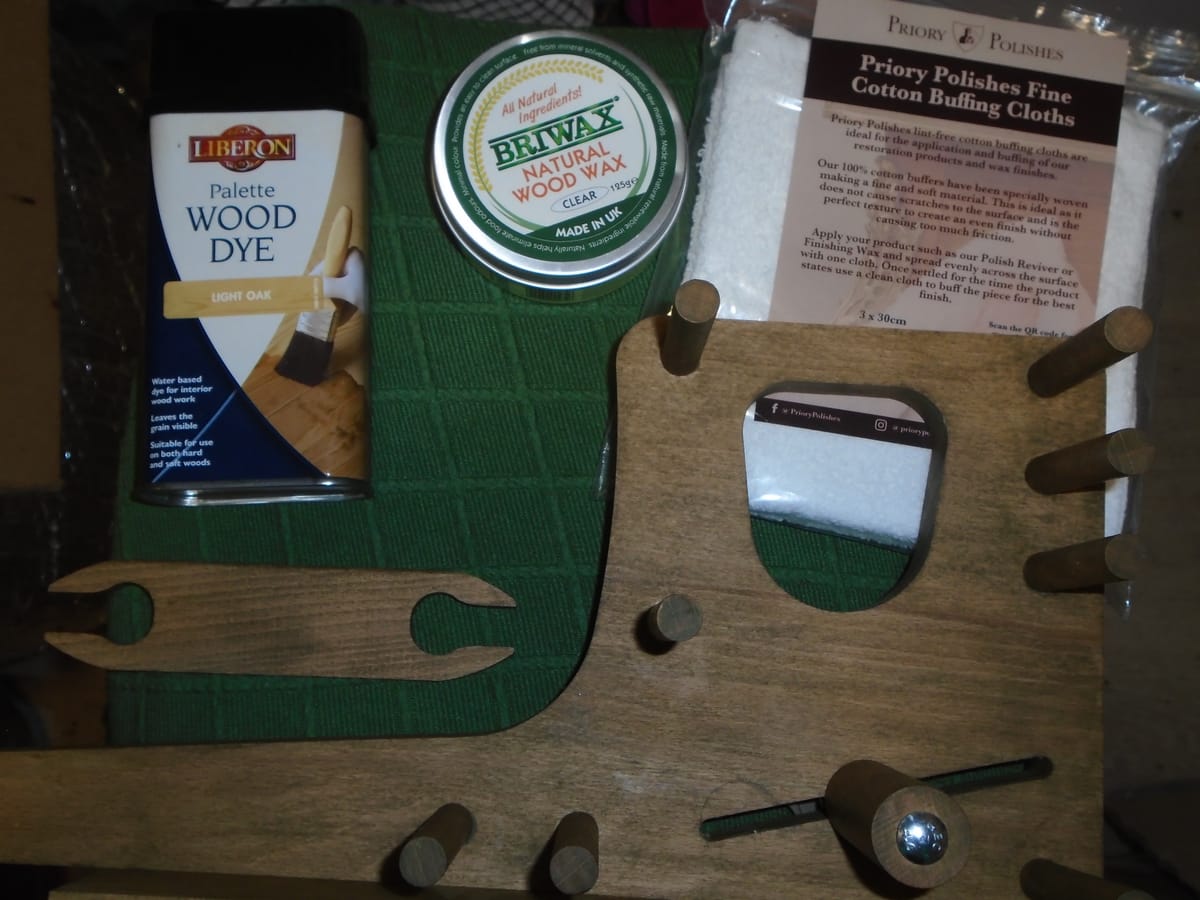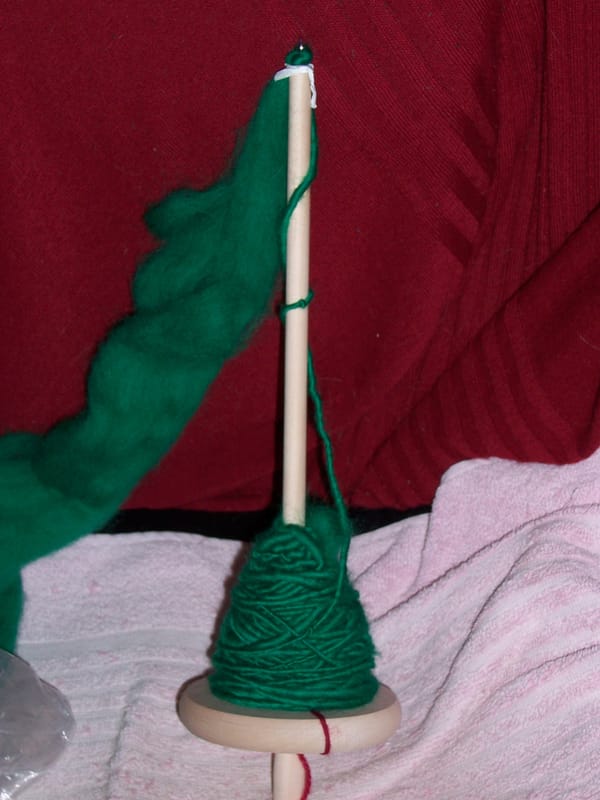Waxing wroth

I could actually have said I was waxing wood wroth, which would have been a really splendid pun; but, alas, the reference is a tad obscure, and I would rather not confuse anyone. It's Malory's Morte d'Arthur, in which "wood" is frequently a synonym for "mad" - so "wood wroth" is "madly furious". If you haven't read Malory, I have to say you're not missing a great deal; the language is fun from the point of view of a student of linguistics, but the narration is highly repetitive and consists mainly of a lot of people having ado. (If it's two men, "having ado" means fighting. If it's a man and a woman, it... doesn't.) The whole book has only one really funny passage, which I'm going to summarise for you so that you don't have to plough through the whole tedious thing to find this gem.
So, there's this knight. (There's always this knight.) I forget if Malory even bothered to give him a name. This knight is involved in a fairly protracted battle, the sort that involves both sides having to call it off for the night so they can all sleep... in tents. Our knight goes into his tent, or what he thinks is his tent, and finds someone in his bed. Or what he thinks is his bed. And, as Malory puts it, "he weened it was his leman" (well, you would, wouldn't you? They didn't have artificial lighting in those days). He gets into bed and starts "kissing and clipping" (the latter means "cuddling") this person. Unfortunately for our knight, he's in the wrong tent, and he's accidentally getting all passionate with another knight... who is not very pleased. There's a fight. You just knew there was going to be ado... one way or the other.
So much for Malory. Without further... ahem... ado, I shall move on to Adelaide.
Adelaide got a second coat of the light oak yesterday, which definitely improved matters. I like this light oak stain; it's water-based, so it doesn't stink (especially important in a small flat, and when it's very cold at that so opening the windows is problematic), and it gives convincing results. It does look very strange, mind you. You would expect it to be brown in the container, but no; it's more like a dark green. I suppose it has to be, to shift the hue. If you're staining something light oak, it's going to be a light wood, usually pine (Adelaide is silver beech; I can't see any difference between that and regular beech), and that kind of wood tends to be a much more red/orange brown than oak. Anyway, once it goes on the wood, the green vanishes and you get your oaken brown. I gave her the recommended four hours to dry (a bit more, actually), then started on the waxing.
Well. That turned out to be quite the workout. To be fair, it does say on the tin that you shouldn't use it below 10 C, and it was... h'mm... about 13 in my kitchen; so I was operating quite close to the bottom end of its usable temperature range. I think next time she needs waxing I'll do it when it's a bit warmer (you're supposed to do it regularly for maintenance, and I must admit that, after doing it for the first time, I thought "really?!"). It required about an hour and a lot of elbow grease, especially at the start. It did get a bit better after a while, because I was sitting on the perching stool and I had everything on my lap, which would have warmed the wax a little. Still, I'm glad I don't have to do it again for a while.
If that had been all, I'd have ended up hot (despite the thermometer) and tired, but not wroth. But it wasn't all. There were the cloths.
What you need to appreciate here is that these blamed things were sold to me by the same apparently reputable antiques restoration company as the wood stain (ten out of ten) and the wax (well, probably ten if used at the sort of temperature most people prefer to function at). And they were specifically sold to me as lint-free. Antiques, for the restoration of. Adelaide is obviously not an antique, but she still needed some careful finishing; so lint-free cloths specially designed for restoring antiques sounded like the perfect thing for the job.
Alas, I suspect that there are antique dealers the length and breadth of the country using some interesting language as a result of those cloths, and I don't mean like Malory. I was about to say that "lint-free" turned out to be a distinct exaggeration, but no, let's call a spade a spade; it was a lie. I am still picking little bits of lint off Adelaide. It's probably also worth mentioning that the wax lifted off a little of the light oak stain, despite the fact that it was well and truly dry, but I don't know if that was a property of the wax itself, the result of too much friction from the nubbly surface of the cloth, or simply the fact that I'd had to rub harder than normal due to the cold. Maybe it was a bit of all three. I must admit that I was a little suspicious when I first took the cloths out of their packaging; they looked to me exactly like plain ordinary white terry face cloths. I'm now quite convinced that that's what they are, and all that guff about being "specially woven" for the purpose is just so much horsefeathers.
Well, I've learnt my lesson as far as Alice is concerned; I shall be doing the staining and waxing in nice easy stages, so she'll probably take a little while to get fully assembled. (Of course, she's a bigger loom - at a rough guess, about twice the size of Adelaide.) It's not as if I don't have plenty to be getting on with in the meantime. And I also think that what I might do for Alice is preheat the air fryer for a few minutes on a low heat, then stick the wax in (without switching the air fryer on - I don't want a liquid!) for a little while just to make it a bit easier to work with. As a bonus, it'll make the kitchen smell nice. They don't specify exactly what's in it, other than plant oils, but I'm pretty sure there's some kind of citrus in there, because it smells heavenly.
I'm not sure what to do about the cloths. I might end up using that blue microfibre one I never use around the kitchen because it's, well, blue. I'm pretty sure it'll shed less lint than the white terry face cloth things, and if it does shed any it'll at least be less conspicuous!




